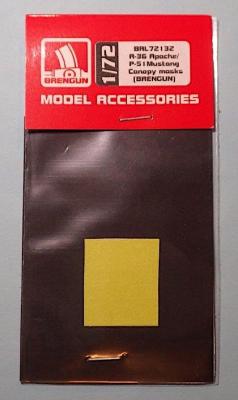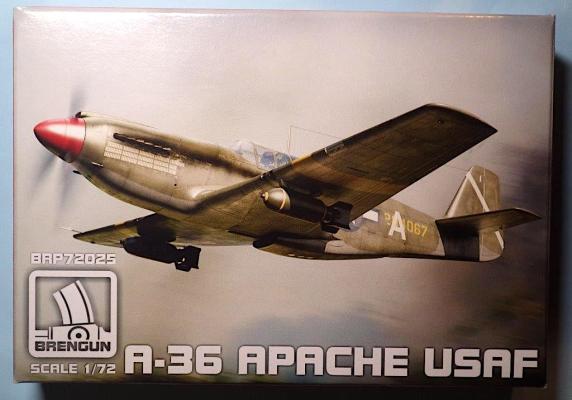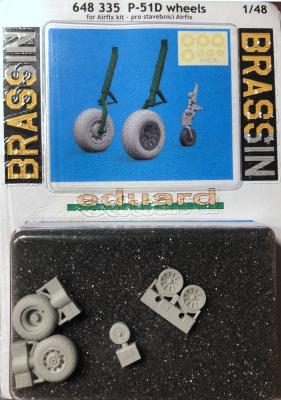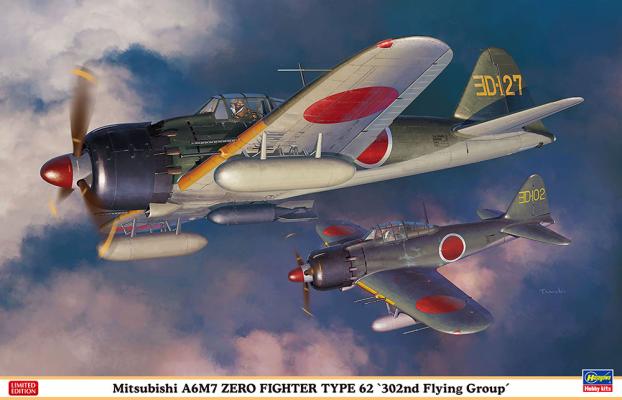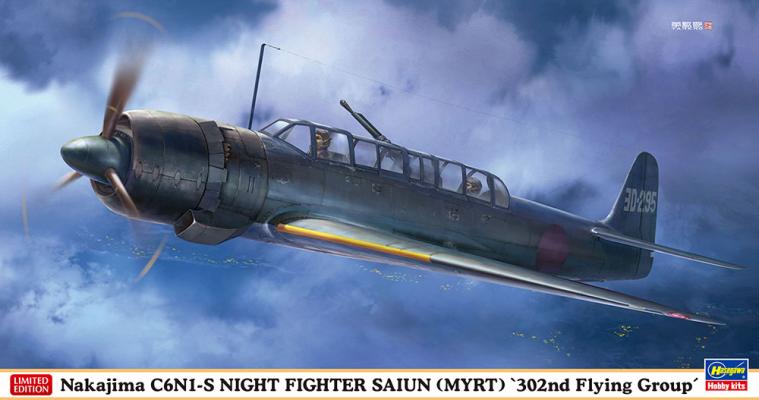Brengun, based in the Czech Republic, is known for producing a range of photo-etched and resin accessories for airplane models. They also produce a small number of 1/72nd and 1/144th aircraft model sets. One of their latest airplane kits is the North American A-36 Apache. With the release of this new kit, they have added a number of accessories for it including additional photo-etch details, a vacuform canopy, and these painting masks for the canopy.
The A-36 Apache was a dive bomber version of the P-51 Mustang. It was based on the fuselage of the P-51A, but with completely redesigned wings strengthened to support the added stress of dive bombing. Since the main difference between the P-51A and the A-36 is the wind design, this mask set would work with both the P-51A and the A-36. I used mine on the A-36.











